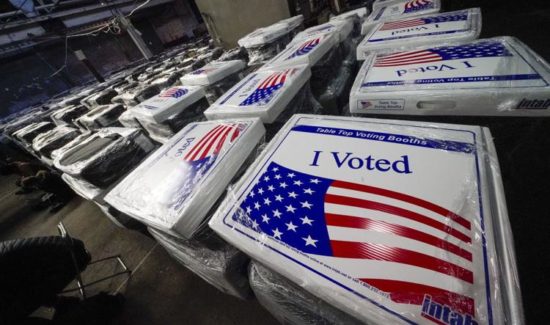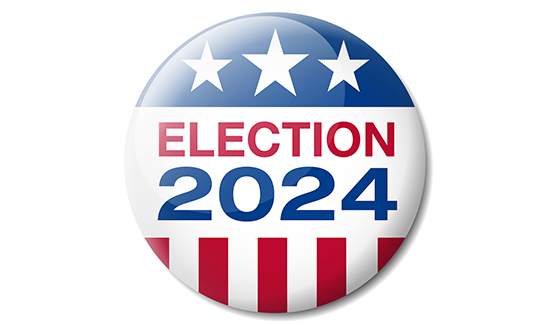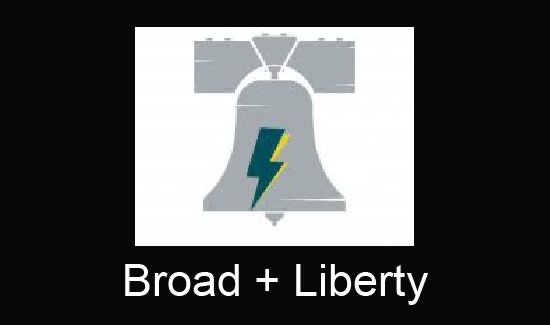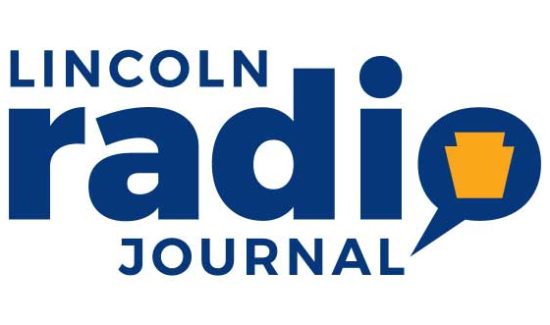Obama’s Basket of Economic Deplorables
"As I have said before, I think of this job as being a relay runner," President Obama said on the day before his briefing meeting at the White House with President-elect Trump, referring to the customary process of the presidential changeover. "You take the baton, you run your best race, and hopefully by the time you hand it off, you’re a little further ahead. You made a little progress. And I can say that we have done that and I want to make sure the handoff is well-executed because ultimately, we’re all on the same team."
That sounds cooperative, hopeful, and a bit self-congratulatory, but what was understandably left unsaid by Obama is that he’s handing over to Trump a basket overflowing with economic deplorables.
In a major downshifting of economic expansion and a persistent level of second-rate growth in national output since Obama was elected, the 3.4 percent annual pace of GDP growth in the U.S. from 1949 to 2008 dropped to 1.8 percent from 2008 to 2016.
"At 3.4 percent, the size of the U.S economy doubles in about 21 years; at 1.8 percent, it takes 40 years – nearly twice as long," reported Investor’s Business Daily in its comprehensive summary of the consequences of poor economic growth, "It’s Still the Economy, Stupid: How Next President Can Return U.S. To Economic Growth," November 7, 2016.
On the whole, the performance of the Obama economy, reports Eric Morath, economics correspondent for The Wall Street Journal, citing Commerce Department figures, represents the weakest economic expansion of the past 70 years.
The cost of this economic slowdown and snail’s pace economic growth, both nationally and per household, was calculated by Investor’s Business Daily and summed up in the aforementioned "It’s Still the Economy, Stupid" report: "If growth since 2008 had merely been average for recoveries since World War II, the economy would be $2.2 trillion larger than it now. Each household would have, on average, $17,000 more in income. And we’d have about 6 million more jobs."
To reverse the stagnation, the Trump administration and Congress face the challenge of an extensive assortment of economic crises and an abundant supply of obstacles to growth: A federal debt of $20 trillion ($166,000 per taxpayer), steeply rising entitlement spending, an increase in federal expenditures of 118 percent since 2000, crumbling inner-city economies, stagnating labor productivity, internationally uncompetitive corporate tax rates, anti-business attitudes and edicts, anti-growth ideologies, overly burdensome regulations, entrepreneurs dispirited by state-imposed impediments and hurdles, stagnation of business investment, an often inefficient and badly focused educational system, stagnation in household incomes, and 47 million Americans below the poverty line.
An October 2016 survey by the National Federation of Independent Business (NFIB), "Small Business Economic Trends," showed a record level of uncertainty among small business owners, the employers of 58 million Americans and the creators of most new jobs in the U.S. economy, resulting in an unwillingness to make business decisions that could jumpstart the economy by way of accelerated investment, economic expansion and job creation.
Small business owners "are struggling with high taxes, ball-and-chain regulations, and spiraling health insurance costs," explains NFIB President and CEO Juanita Duggan.
"Red Tape Rising 2016: Obama Regs Top $100 Billion Annually," by James L. Gattuso, Senior Research Fellow at the Roe Institute for Economic Studies, and Diane Katz, Research Fellow in Regulatory Studies at the Heritage Foundation, reports on the costs of Obama’s regulatory increases: "The Obama Administration is responsible for an unparalleled expansion of the regulatory state, with the imposition of 229 major regulations since 2009 at a cost of $108 billion annually (using the regulatory agencies’ own numbers). The actual costs are far greater, both because costs have not been fully quantified for a significant number of rules, and because many of the worst effects — the loss of freedom and opportunity, for example — are incalculable."
Further, "the tide of regulation is expected to rise even higher in 2016," report Katz and Gattuso: "With 144 additional rules already in the pipeline, Americans should be prepared for a regulatory surge before year’s end."
The federal register, the central government’s regulatory encyclopedia of rules and red tape and an excellent measure of the extent of the D. C. government’s jobs program for lawyers, bureaucrats and central planners, is expected to exceed 90,000 pages this year, up from 80,260 pages last year.
On top of unendingly tossing sand into the gears of an efficient and innovative free market economy and weakening the development of start-up companies and higher levels of job creation, this bloated regulatory state directly reduces the income, wealth and standard of living of American families.
The above mentioned Investor’s Business Daily report, "It’s Still the Economy, Stupid," spotlighted the overall regulatory costs and the direct economic impact on American families: "In its annual report, ‘Ten Thousand Commandments: An annual Snapshot of the Federal Regulatory State,’ the Competitive Enterprise Institute (CEI) notes that regulations imposed by more than 60 federal departments, agencies and commissions impose what it calls a ‘hidden tax’ of $1.9 trillion on the U.S. economy – or roughly $15,000 per household every year. What’s worse, a recent survey of small businesses from the National Federation of Independent Business found that ‘unreasonable government regulations’ is now the second-most pressing problem cited by small businesses. That’s up from fifth just four years ago."
Similarly, the Investor’s Business Daily report focused on the obstacles to U.S. economic growth and job creation inflicted by the "byzantine bible of rules" in the U.S. tax code — 2.4 million words in the code, plus another 7.7 million words of clarification – causing American to spend an estimated 8.9 billion hours per year filling out their taxes this year according to the Tax Foundation, up from an estimated 6 billion hours four years ago.
"All told," reports Investor’s Business Daily, "Americans spend about $409 billion a year now to comply." That’s not the amount of taxes paid, but only the cost of figuring and filing, the financial and time costs of reading the rules, tax planning, gathering receipts, filling out forms, etc.
On health care prices, a report issued in October by the Department of Health and Human Services announced that the cost for a health-insurance plan obtained through the exchanges set up by the Affordable Care Act, better known as Obamacare, would increase by 25 percent on average for the 2017 coverage year.
The report from the Department of Health and Human Services broke down the expected changes in cost by state, with increases varying heavily by state: Premium prices up 2 percent in New Hampshire, 43 percent in Illinois, 53 percent in Pennsylvania, 63 percent in Tennessee, 116 percent in Arizona.
As I’m typing this sentence, the ever-spinning federal debt clock (US Debt Clock.org) reports that the national federal debt totals $19,815,785,518,206, nearly double the $10.6 trillion debt level when President Obama took office in January 2009.
Also in Trump’s inherited basket of economic deplorables is the declining labor participation rate in the U.S. and the over 94 million Americans over the age of 16 who are currently not in the labor force – none of which are officially counted by the Labor Department’s Bureau of Labor Statistics as unemployed.
In May, a record 94,708,000 Americans were not in the labor force, 664,000 more than in April (and 14 million more than when Obama took office), dropping the nation’s labor participation rate to 62.6 percent, a 38-year low.
——
Ralph R. Reiland is Associate Professor of Economics Emeritus at Robert Morris University in Pittsburgh.
***
Ralph R. Reiland
Phone: 412-527-2199
Email: [email protected]







